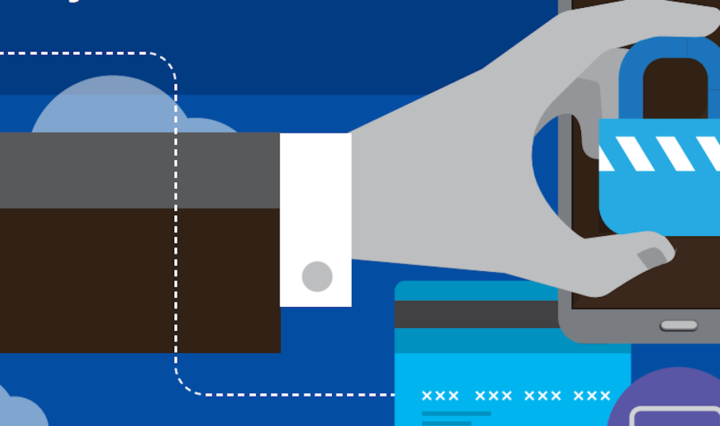Consumers worldwide are embracing digital innovation within the financial services sector, and financial firms are racing toward personalization of products and services. Accenture’s recently released 2017 Global Distribution and Marketing Consumer Study, which surveyed nearly 33,000 customers across 18 global markets, found that 63 percent of respondents prefer personalized insurance and banking. Additionally, the survey found convenience and speed overrides communication channels — 57 percent were impartial to how they communicate with their bank or insurer.
While the two appear similar, there are subtle but high impact distinctions that reveal why consumers prefer personalization over customization. Personalization is intuitive, implicit, effortless and frictionless. Customization is dictating, explicit and touch-heavy. Customization tries to soften and shape something rigid, whereas personalization shapes itself to the user. Personalization anticipates the needs and desires of the client and provides seamless service, while customization requires calibrating, monitoring and more adjusting from the client.
The Three Types of Financial Consumers
The Accenture survey found that financial firms are targeting three distinct types of customers when it comes to digital innovation. Nomads are the least bound to traditional banks and are very open to using digital tools, as 78 percent would use a tech firm for banking services. Hunters are motivated by the best prices — 83 percent say it’s the deciding factor for banking products. Lastly, quality seekers prioritize a high standard of service and data security, which is why 49 percent would remain loyal to traditional banks as long as they delivered high-quality customer service.
Is it time for a mobile security assessment?
In the digital age, banks must prioritize mobile security. Download Now
The New Barbarians at the Gate
While traditional financial firms have been competing with each other for decades, a dangerous Leviathon has been “hiding in plain sight.” The dominant internet content and commerce companies have interwoven themselves into every facet of consumers’ daily routines, from business and entertainment to commerce and social interactions. Having made inroads into payment processing, financing and credit cards, they’re rapidly transforming their platforms to further integrate FinTech services. Apparently consumers are welcoming these well-known players, as the 2017 survey discovered that 40 percent of Generation Y users are willing to make the switch over to non-traditional FinTech firms. The data also reveals that 71 percent of respondents would consider using entirely computer-generated support for banking. To galvanize the fort, Wells Fargo has joined forces with FinTech firm SigFig to launch robo-advisory services in 2017 as a hybrid model that delivers a two-prong personalization approach, using human and robo-advisors to cater to all three types of banking consumers.
As banks gear up for the digitally driven future, it’s inevitable that more will follow the route of Wells Fargo and find innovative ways to use technology to create personalized experiences for consumers.
Disruptive innovation is causing banks to rethink their entire business structure. Learn how our finance technology solutions are transforming the financial sector.








